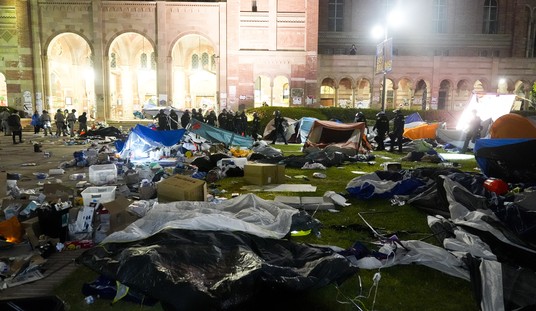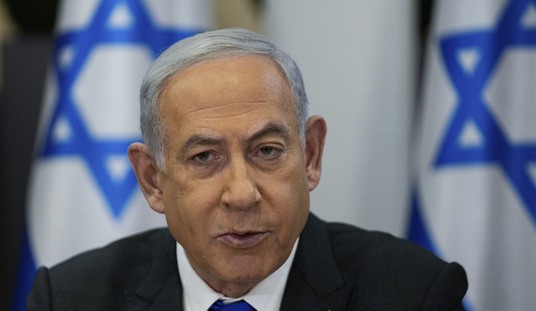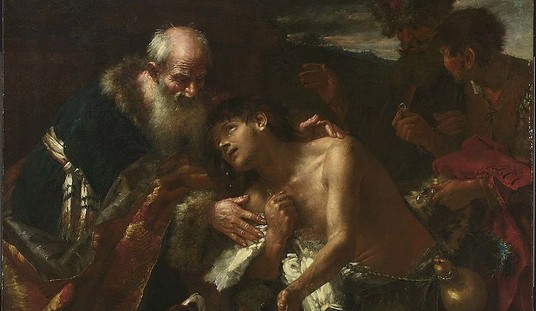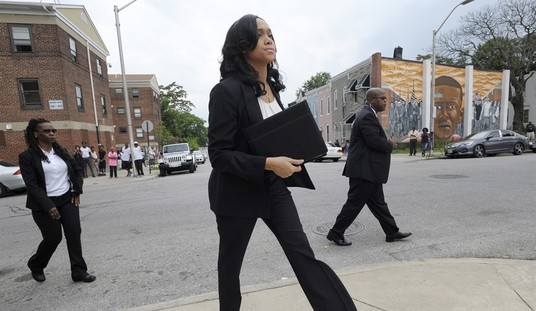Every week I plan to see a new movie and write a review, but some weeks — especially in January and February — it gets difficult to pick a film. This week, I asked readers to choose between four films, and they chose the one that had actually been in release for a while. The Hobbit opened nearly two months ago, but it’s still in theaters, and it’s easy to understand why.
It won’t be necessary to explain the plot of the film, as I normally do. For decades, The Hobbit has been a nearly indispensable piece of literature for younger readers and adults alike, a rich tapestry of fantasy, morality, virtue and failings. Readers familiar with the book need no explanation, and those unfamiliar will likely not be too interested in the film, or in the differences between the film and its source material.
As Jazz noted a few weeks ago, the film does depart in some ways from the novel. Perhaps the few years that have passed since I last read it have taken a sharp edge off of those memories, but I didn’t feel the differences as sharply as Jazz did. With that said, Jazz is correct in noting that the deviations do seem to have a purpose in allowing a much longer story to be told, which would be necessary if making The Hobbit into three movies, rather than one or two.
There is a difference in tone; the novel has a playful, joyful style suitable to young readers even when the material turns dark. The film instead adopts the general tone that Peter Jackson used in The Lord of the Rings trilogy, and for good reason in terms of cinematic consistency. Jackson wants the series to stand as a six-volume epic, while J.R.R. Tolkien wrote The Hobbit to stand alone, and then wrote his LotR series with a different purpose in mind.
With that said, the film stands on its own very well. The pace mixes well between action sequences and more thoughtful interludes, not unlike the literature itself. Jackson’s vision of Middle Earth is as breathtaking as ever, and the returning cast bolsters the continuity Jackson obviously values. While the film runs 169 minutes — relatively brief for a Jackson film — it doesn’t feel at all too long. Even the additional or extended parts of the movie are gripping.
Some of the cast are returning from the LotR trilogy — especially Ian McKellen as Gandalf, who gets plenty of screen time. Hugo Weaving (Elrond), Cate Blanchett (Galadriel), and Christopher Lee (Saruman) return for a key sequence in Rivendell, while Ian Holm (older Bilbo) and Elijah Wood (Frodo) make cameo appearances for a framing sequence that accounts for the LotR trilogy to have already been made. Andy Serkis returns as Gollum, too, in a shorter representation of the key riddle game that will turn out to be the crux of the whole series.
The new members of the cast bring their own qualities to the epic. Martin Freeman (Hitchhikers Guide to the Galaxy) reminds us that the original novel was in part a treatise on the manners and etiquette of English country gentlemen as well as a story about dwarves, Hobbits, and a dragon. Freeman’s Bilbo starts off wanting nothing to do with adventure and ends up becoming a reluctant hero. Richard Armitage starts off heroically and becomes somewhat more menacing as Thorin. Ken Stott’s Balin has the most to do of the other dwarves, the rest of whom tend to run together as a group rather than stand out as individual characters (a failing that, as I recall, the novel had as well). Sylvester McCoy’s Radagast gets more attention in this movie than in the novel, but I’m not sure that was necessarily a good thing. Barry Humphries, on the other hand, is terrific as the voice of the Great Goblin, a creature that provides a couple of moments of fun in an action sequence that gets a little out of hand toward the end.
Although I loved the original trilogy and knew that Jackson’s technical brilliance would make The Hobbit watchable and entertaining, I still felt some trepidation over his tendency to play with the characters and plot, and worried that he would make a hash out of the story. Instead, he has successfully integrated The Hobbit more tightly into the narrative of The Lord of the Rings, and made the first installment into a wonderfully entertaining opening act. I can’t wait to see the next installment.
The Hobbit is rated PG-13 for violence and intense situations. While the book is accessible for younger readers, there is a big difference between reading about battles on the page and seeing them re-enacted on the screen. The audience at my theater included a few younger viewers and they seemed to handle it well enough, but I’d be careful about having kids younger than ten or eleven years of age watch the film. My granddaughter is 10, and I’m not sure she’d be up for it — or for the length, either.
Addendum: Jazz was right about the Bunny Sled of Doom, though.







Join the conversation as a VIP Member